Pollinators
All Pollinators Content
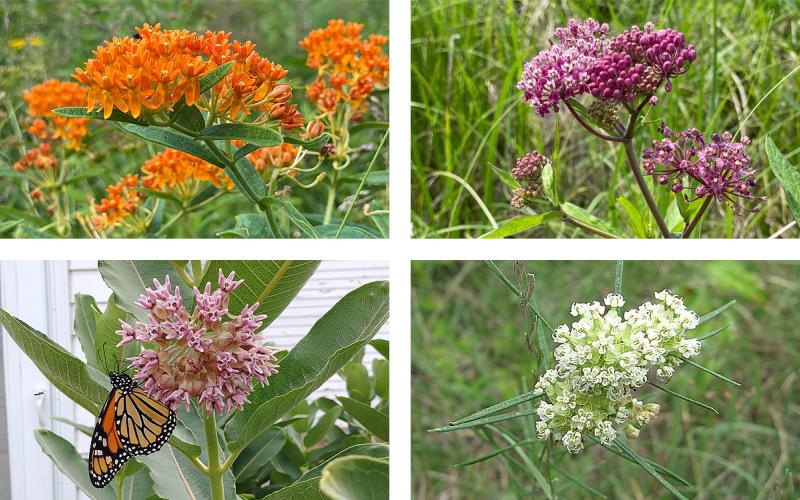
Garden-friendly Milkweeds to Plant in South Dakota
Are you looking to add native plants to your home garden this season? Consider expanding your garden palette with milkweed species that are native to South Dakota.
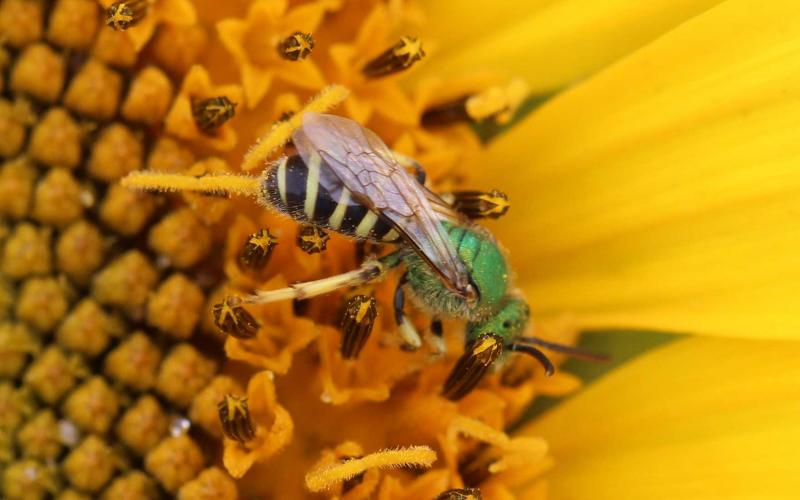
Bees and Other Pollinators Visiting Sunflower
While insecticides are often necessary to reduce pest populations and prevent yield loss in sunflower, it is important to consider the impact they may have on beneficial insects, like bees and other native pollinators.
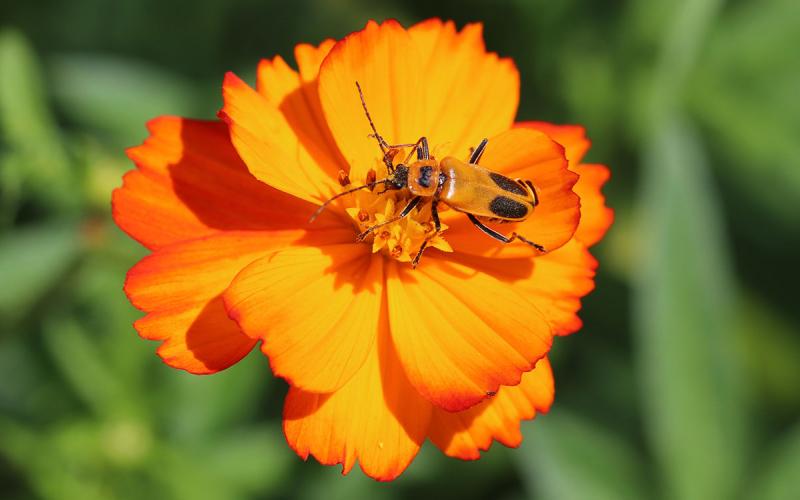
Soldier Beetles Visiting Flowers
Flowers in many gardens are currently being visited by soldier beetles. While these orange beetles have a strong preference for flowering plants, they are predators and pollinators and don’t pose a threat to your garden.
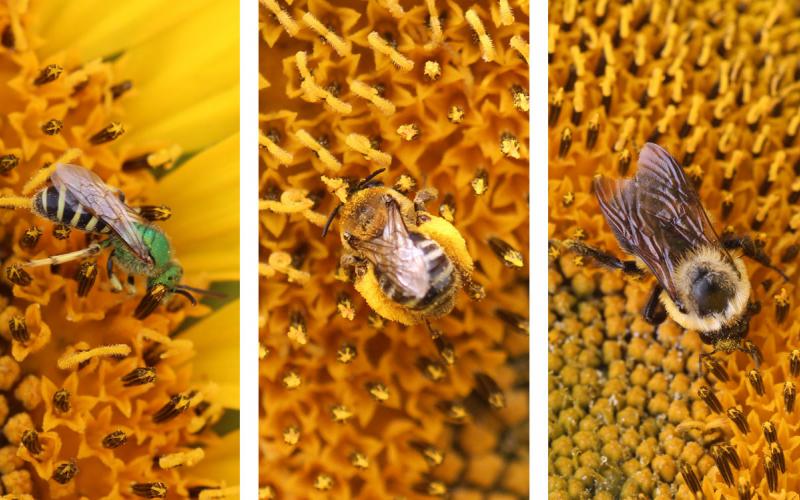
Pollinators Are Active in Sunflower
While scouting sunflowers, it’s hard to not notice the constant buzzing present in the field, which is produced by numerous species of bees. While sunflower varieties grown in the United States were bred for self-fertility, there is evidence that both honey bees and native wild bees can improve pollination.
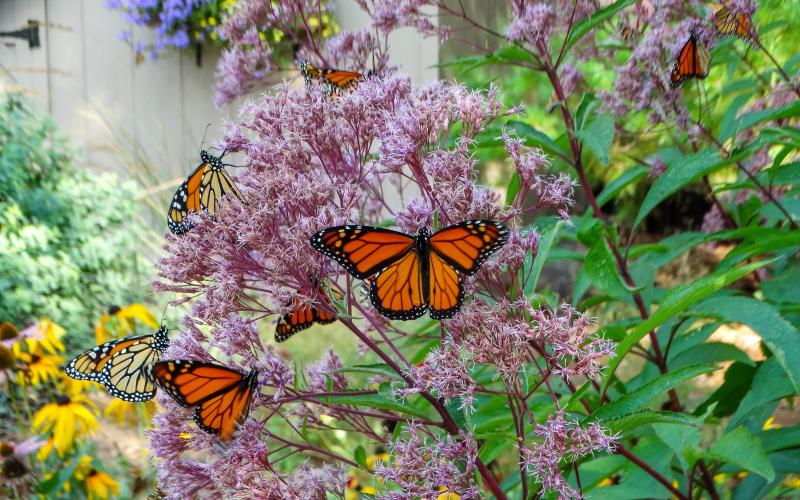
An identification guide to Native Pollinator Plants of South Dakota for Managed Landscapes
A guide of Native Pollinator Plants in South Dakota.
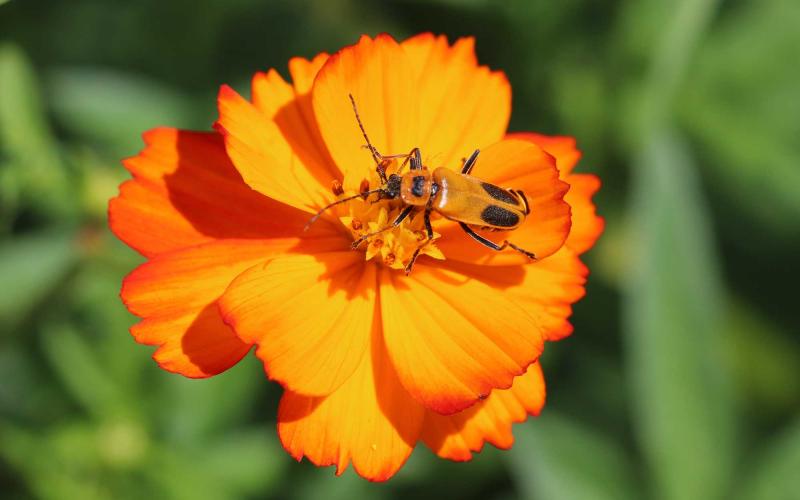
Orange Beetles Are Killing My Flowers, or Are They?
Many gardens are being invaded by orange beetles that have a strong preference for flowering plants. Rest assured, these are soldier beetles and they aren’t feeding on the flowers! Instead, they are actually predators and pollinators.
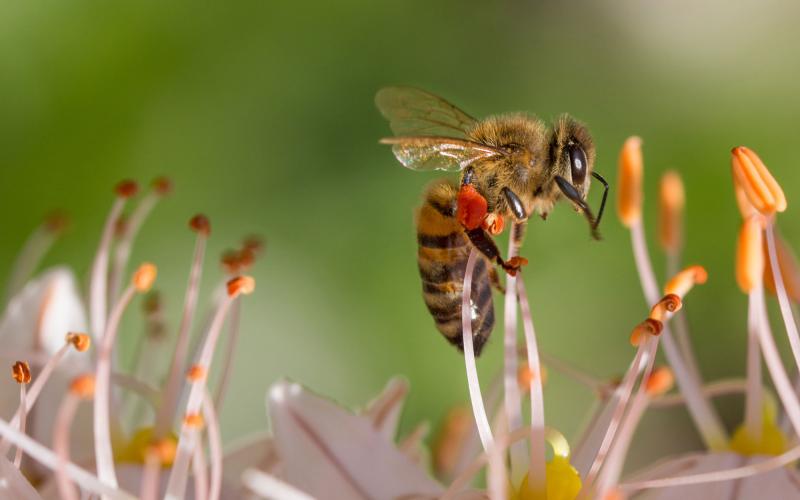
Pollinators Party
In this lesson, participants will learn how plants reproduce and how to identify pollinators that help plants.
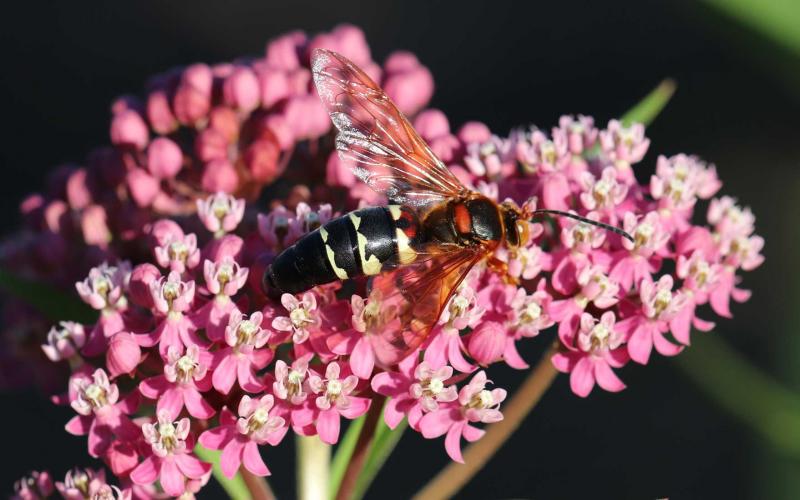
Giant Wasps Are Invading My Yard! No, They Still Aren’t Murder Hornets.
Every year we receive multiple reports of giant wasps that seem to invade yards and gardens. These wasps aren’t the same as the so-called "murder hornets," but are actually cicada killer wasps.
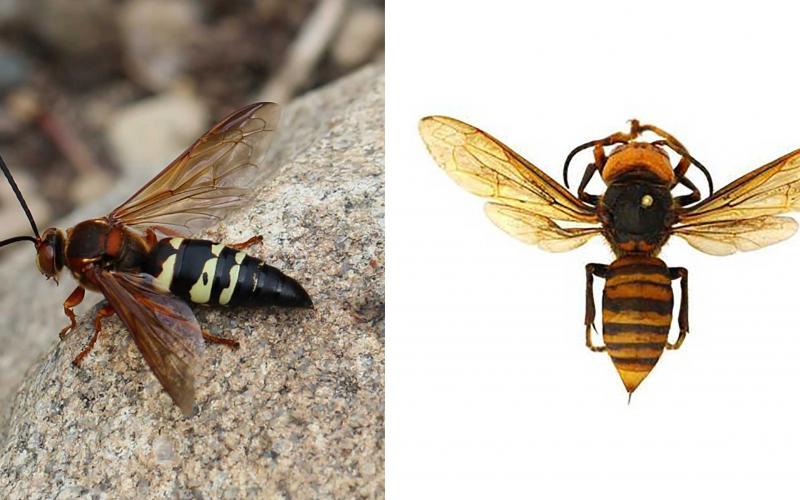
No, It’s Not a Murder Hornet.
By now, you’ve probably read headlines about the Asian giant hornets (aka “murder hornets”) that were spotted in Washington state and across the border in Canada. It is important to note that Asian giant hornets have only been confirmed in a small area of Washington and Canada. These wasps have not been observed in South Dakota or our neighboring states.
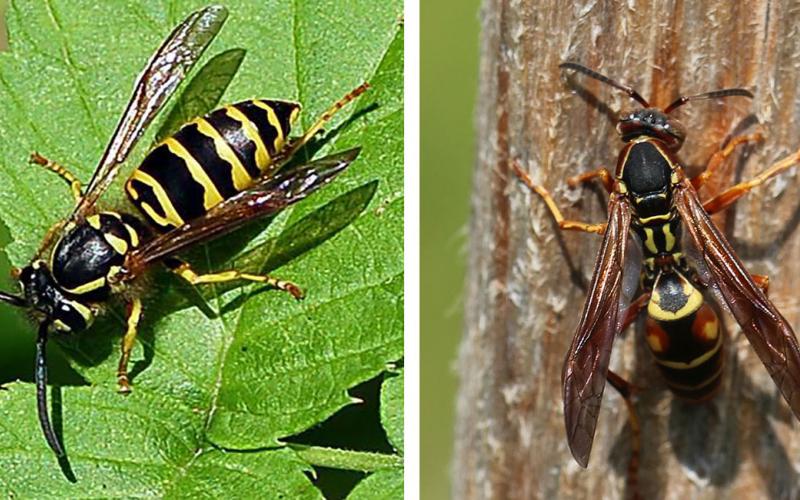
Wasp Activity Is Ramping Up
With their distinctive black and yellow stripes and tendency to hang out in groups, wasps receive attention no matter the time of year. As the weather warms up and spring progresses, you may notice more wasp activity in your yard or around your house.